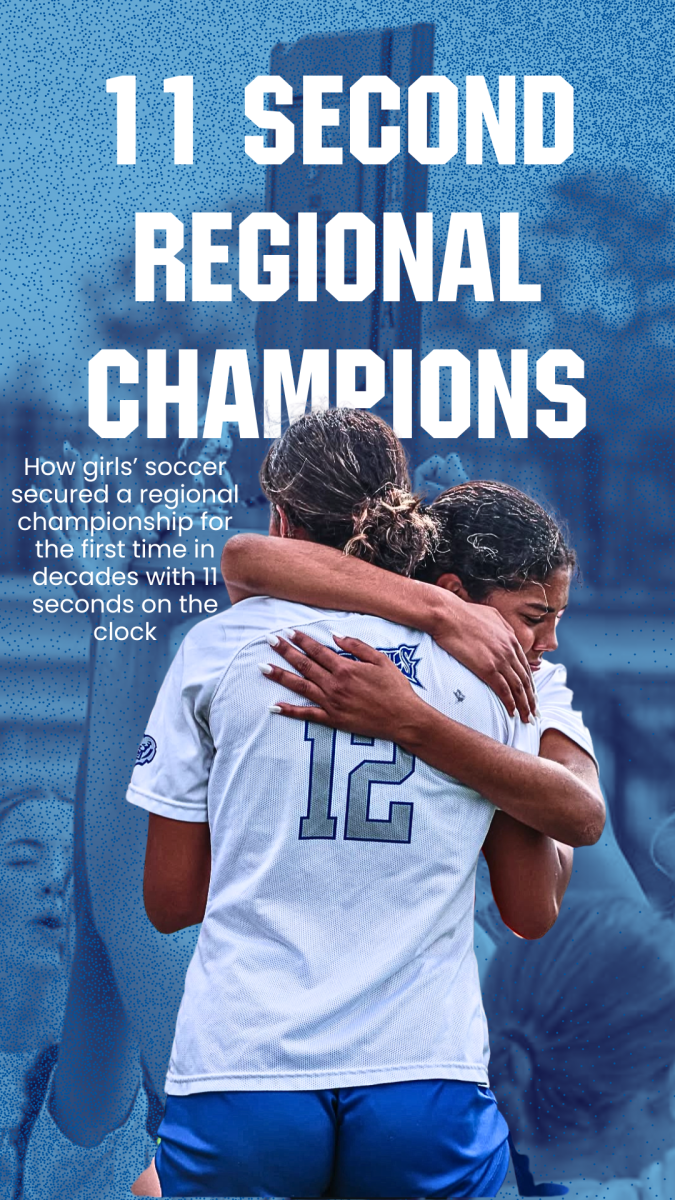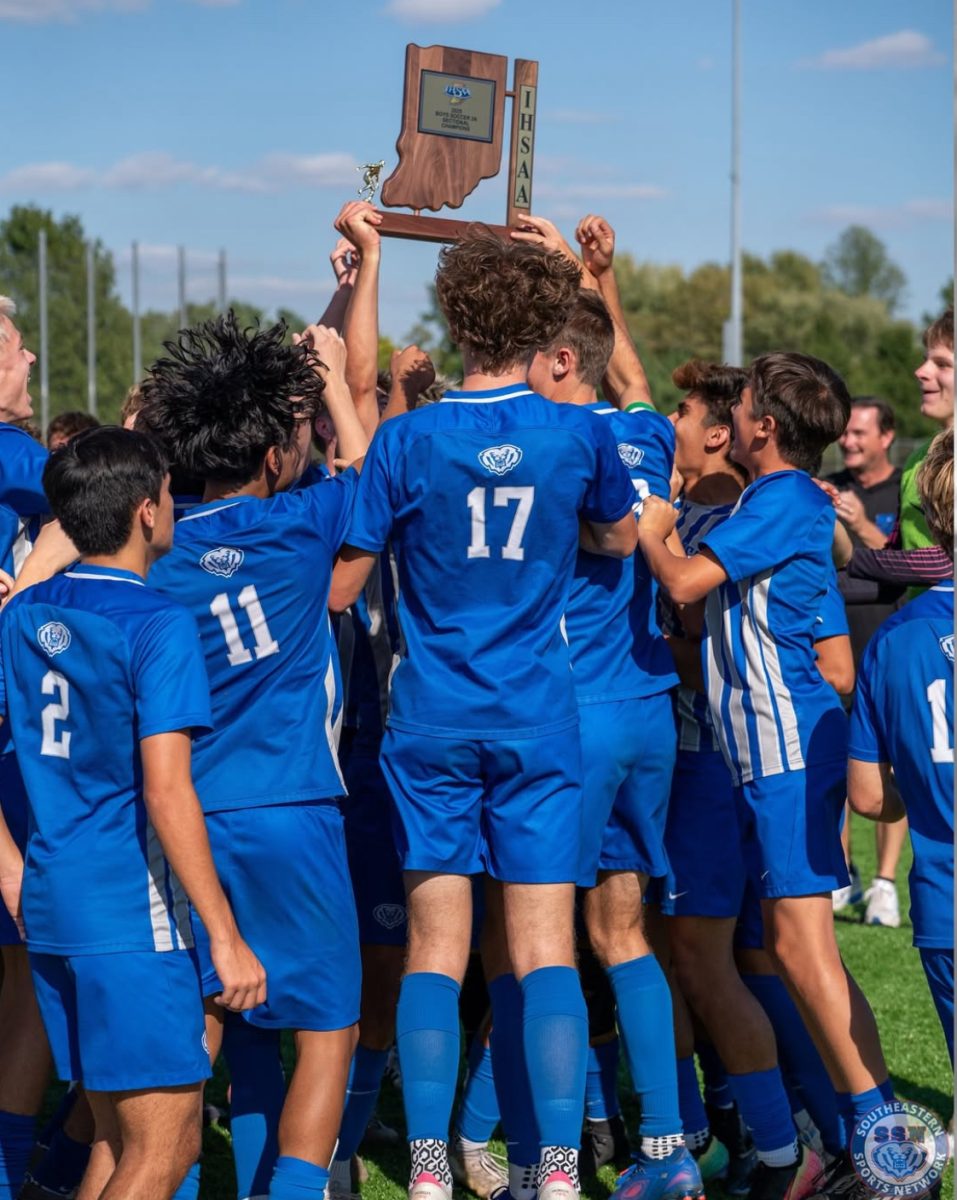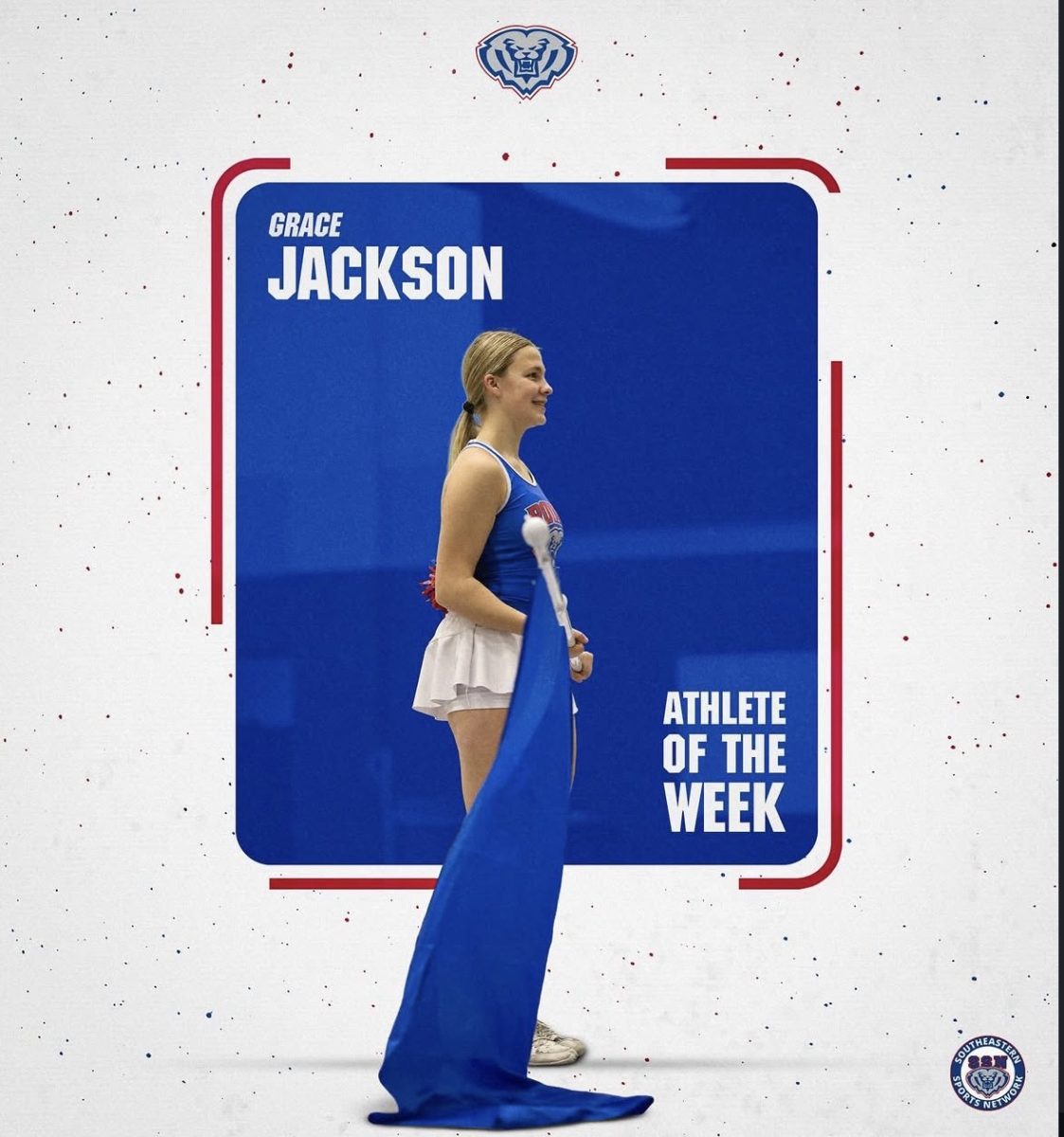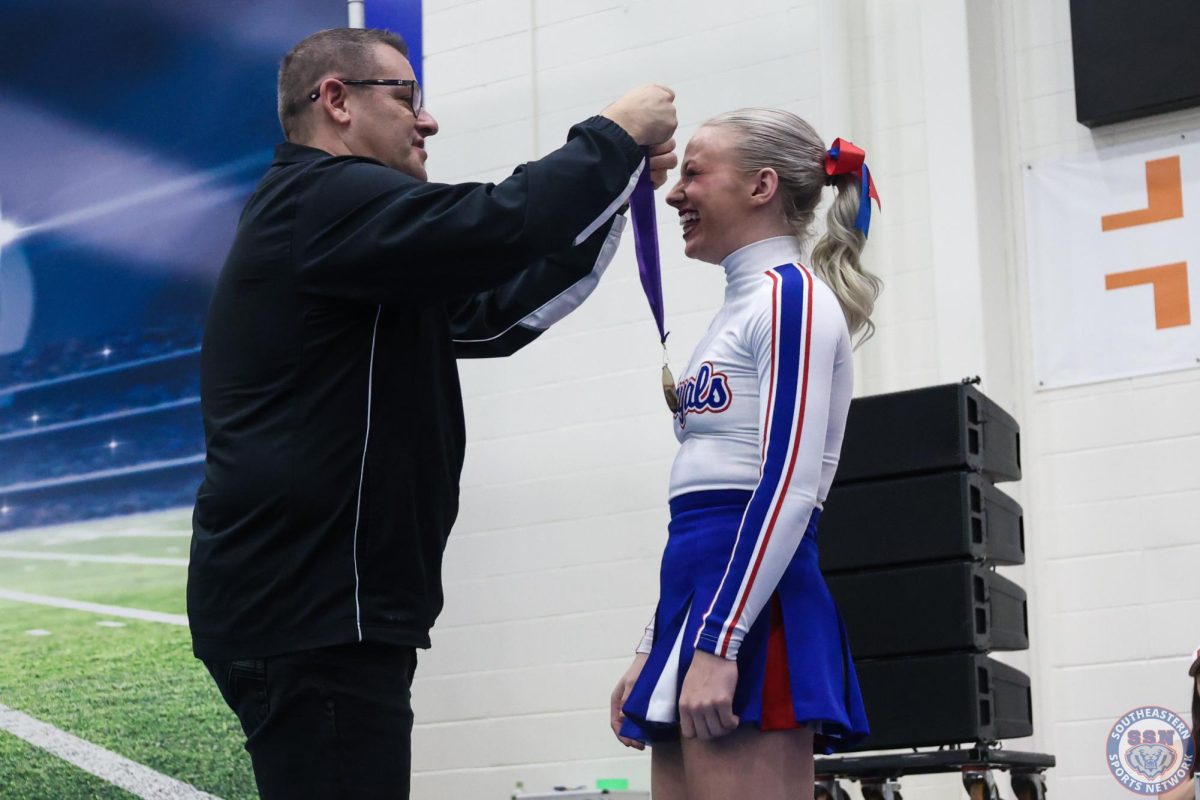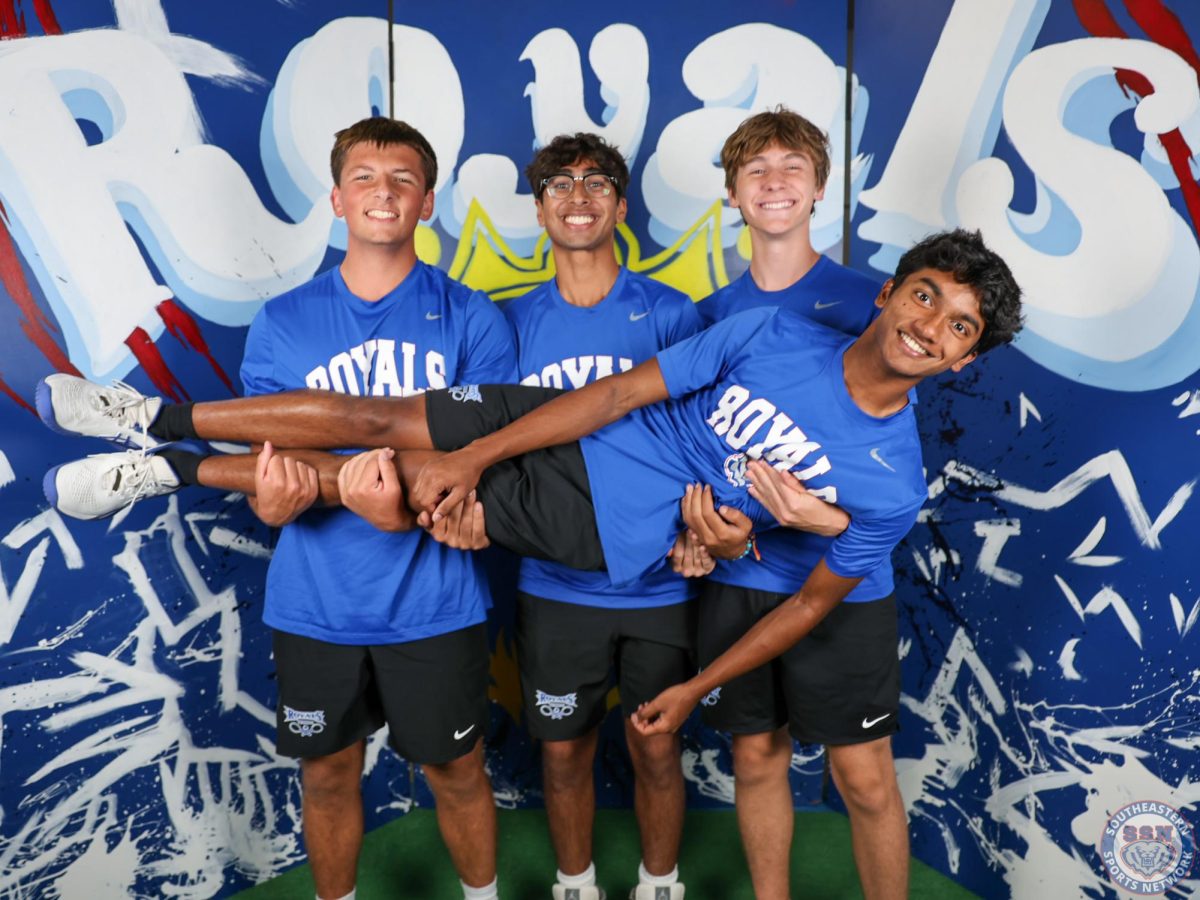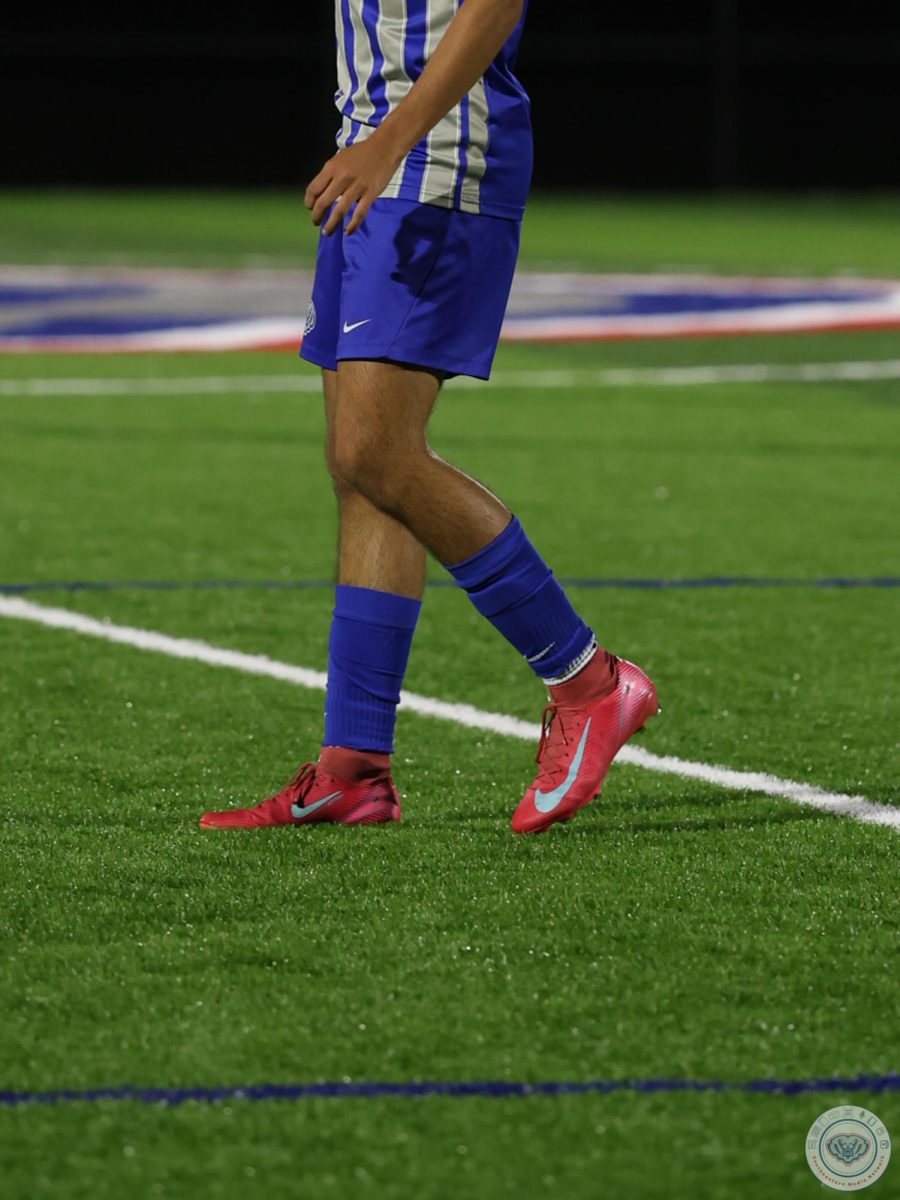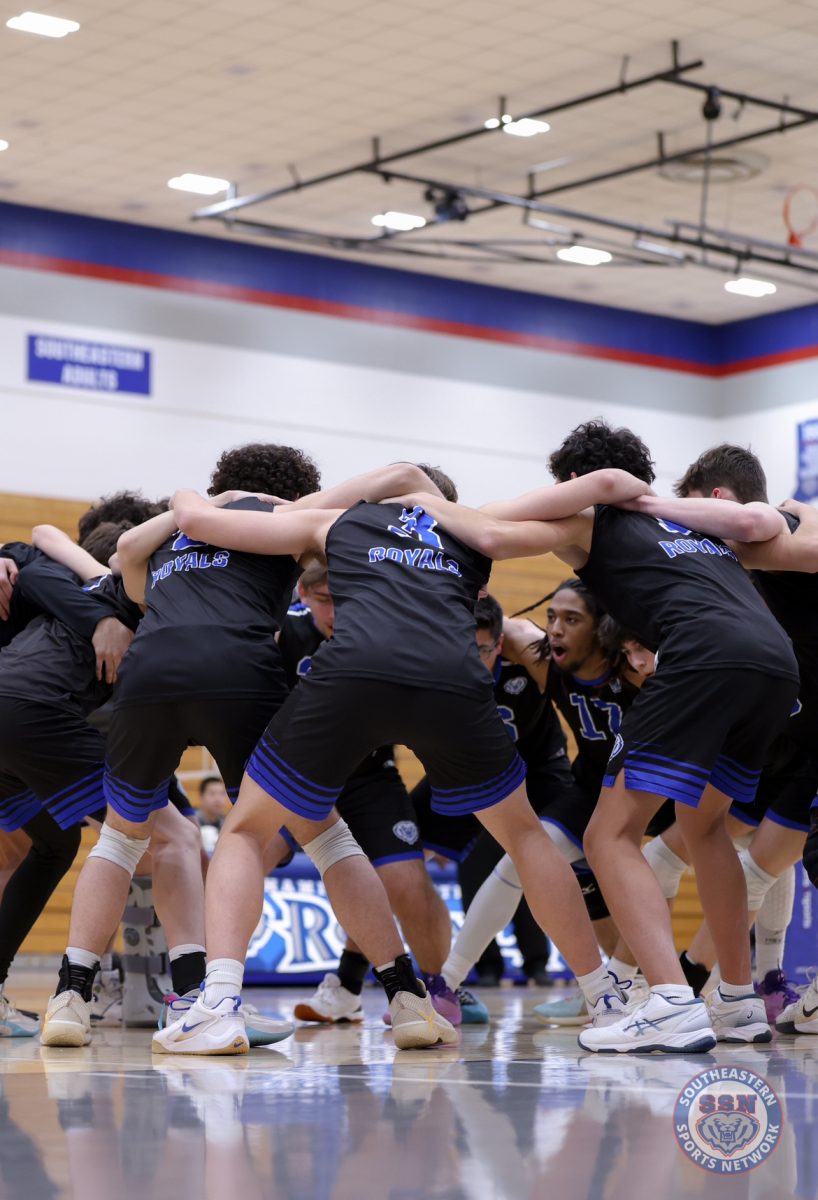Reliance is a double-edged sword. It has the capabilities of propelling a team to success, but also risks highlighting weakness. In doubles tennis, this level of trust isn’t optional, but rather the lifeline that keeps the match going.
While the game is the same, singles and doubles bring different things to the table. Singles in tennis is purely individualized. While the score adds up with your counterparts for the final result, the player has to remain entirely focused on themselves and their own strategy. With doubles tennis, there are other factors to be considered. While having to maintain an internal focus, communication is also a necessity. According to doubles partners Ella Tappendorf and Naina Patwardhan, playing a successful doubles match demands more than just an understanding of each other’s strategies, but also requires well-developed trust and chemistry to complement each other’s plays.
“Me and Ella have just found such a good flow on the court,” said Patwardhan. “We are always building each other up.”
Another common challenge doubles players face is their training background: most players train in singles. Singles offer a wide variety of opportunities and teach concepts of flexibility, thinking quickly, and intentional focus. This contrasts with the highly prioritized value of team effort in doubles. Both Tappendorf and Patwardhan trained as singles and were used to having independence on the court, therefore, they had to adjust their playing styles to become more complementary.
“This being my first year on the tennis team, I think doubles taught me things that singles really haven’t,” said Tappendorf. “I never had to be a good teammate because I was alone, and now I work even harder because someone else is counting on me.”
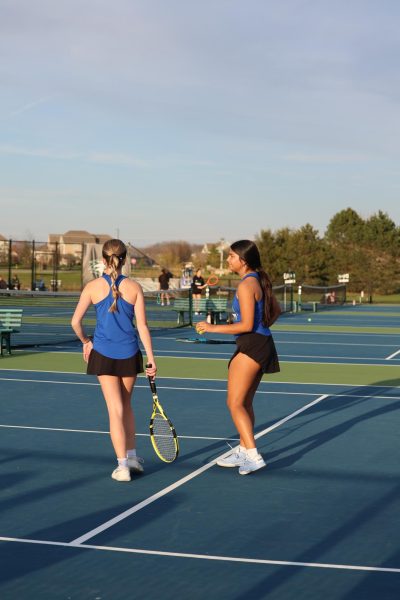
When it comes to doubles, one weak link could cost an entire match. Clear communication is what develops a high-performance partnership. This flow isn’t just strategic, but fueled by connection- words of encouragement, remaining composed under high-pressure situations, and reading each other’s moods. In such an individualized-heavy atmosphere, doubles tennis can teach another level of maturity when it comes to team effort. It isn’t just a pairing on the court, but a partnership.
Patwardhan and Tappendorf intend to carry this throughout their season and hope it offers them a great advantage to their success.
“I can’t wait for what’s to come for us,” said Tappendorf.
For Patwardhan and Tappendorf, their connection isn’t just a simple tactic, but the foundation of their success. As they both described in their own words, it’s the trust to lift each other up through challenges and adapt in situations that makes their partnership so strong. In a sport so often defined by personal success, these two players are a reminder that excellence can be even more powerful when it’s shared. Doubles tennis, at its best, is an opportunity for players to gain an understanding of trust; Patwardhan and Tappendorf are proving it one match at a time.

